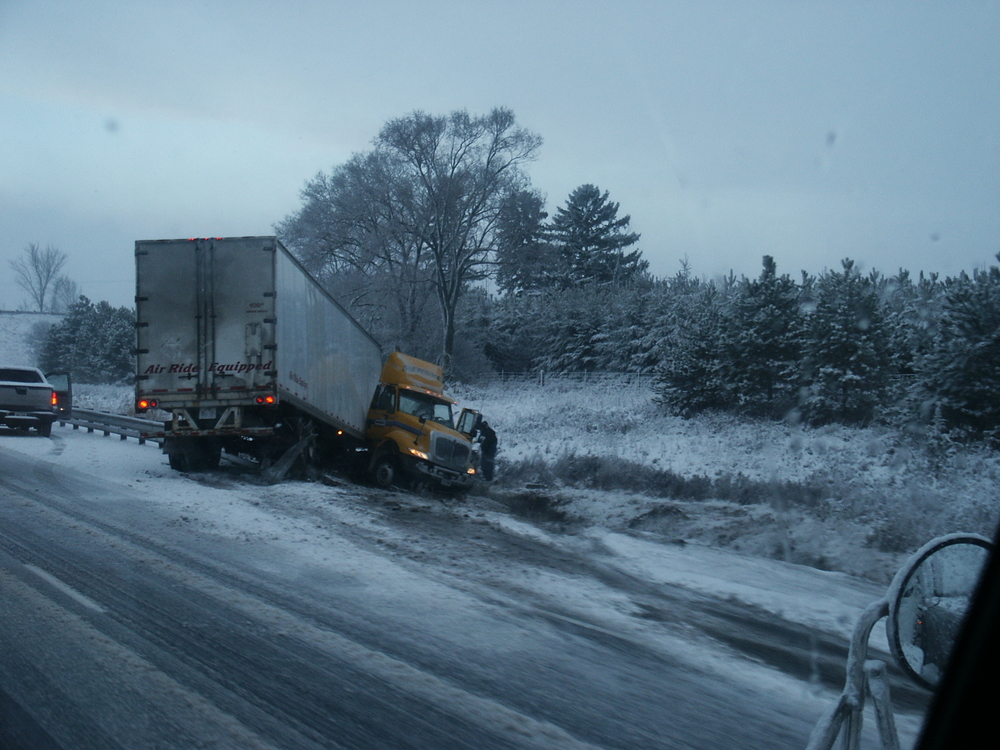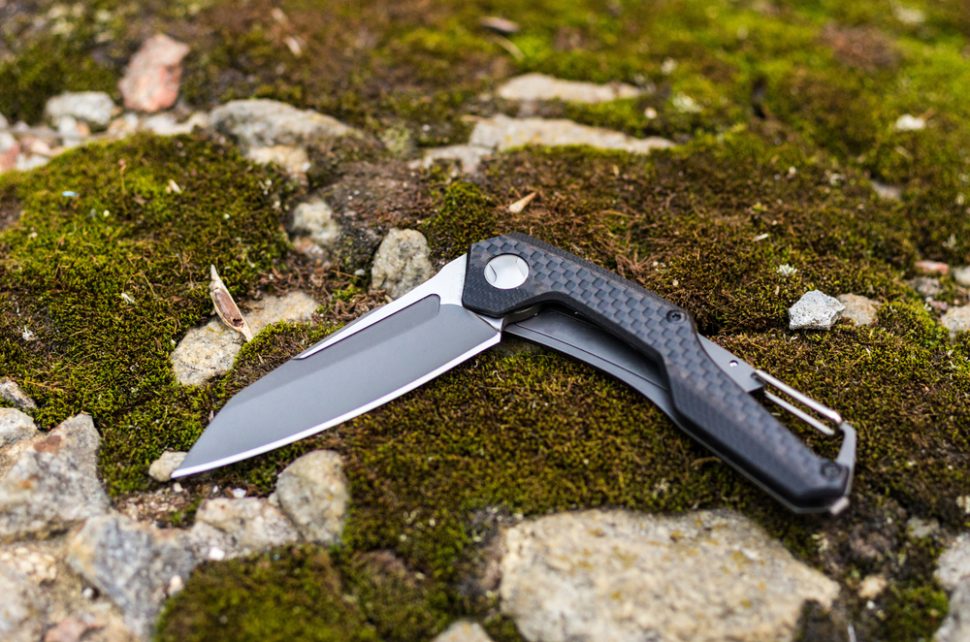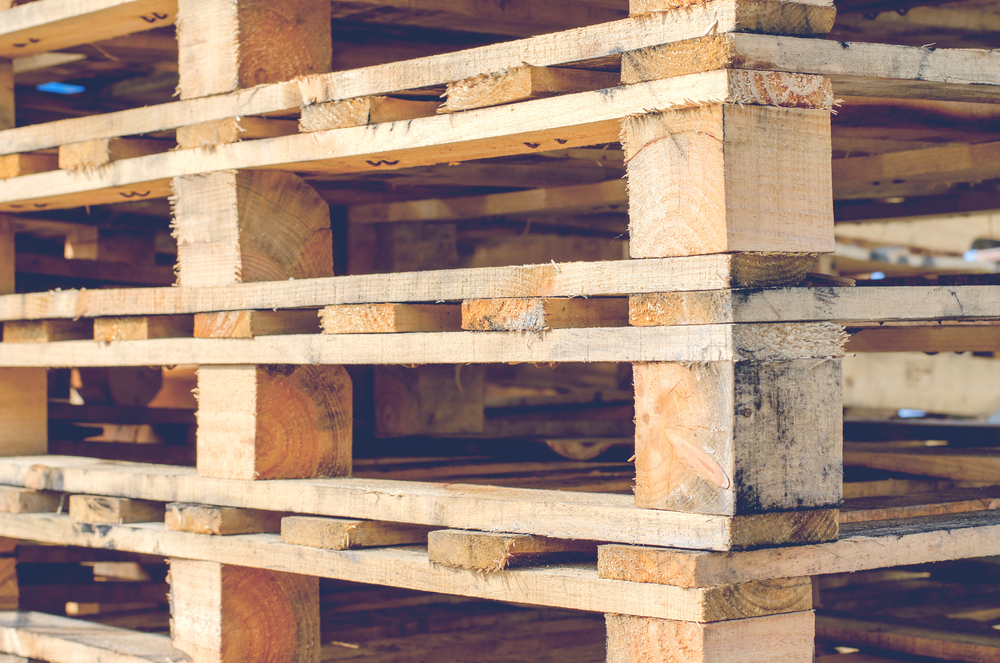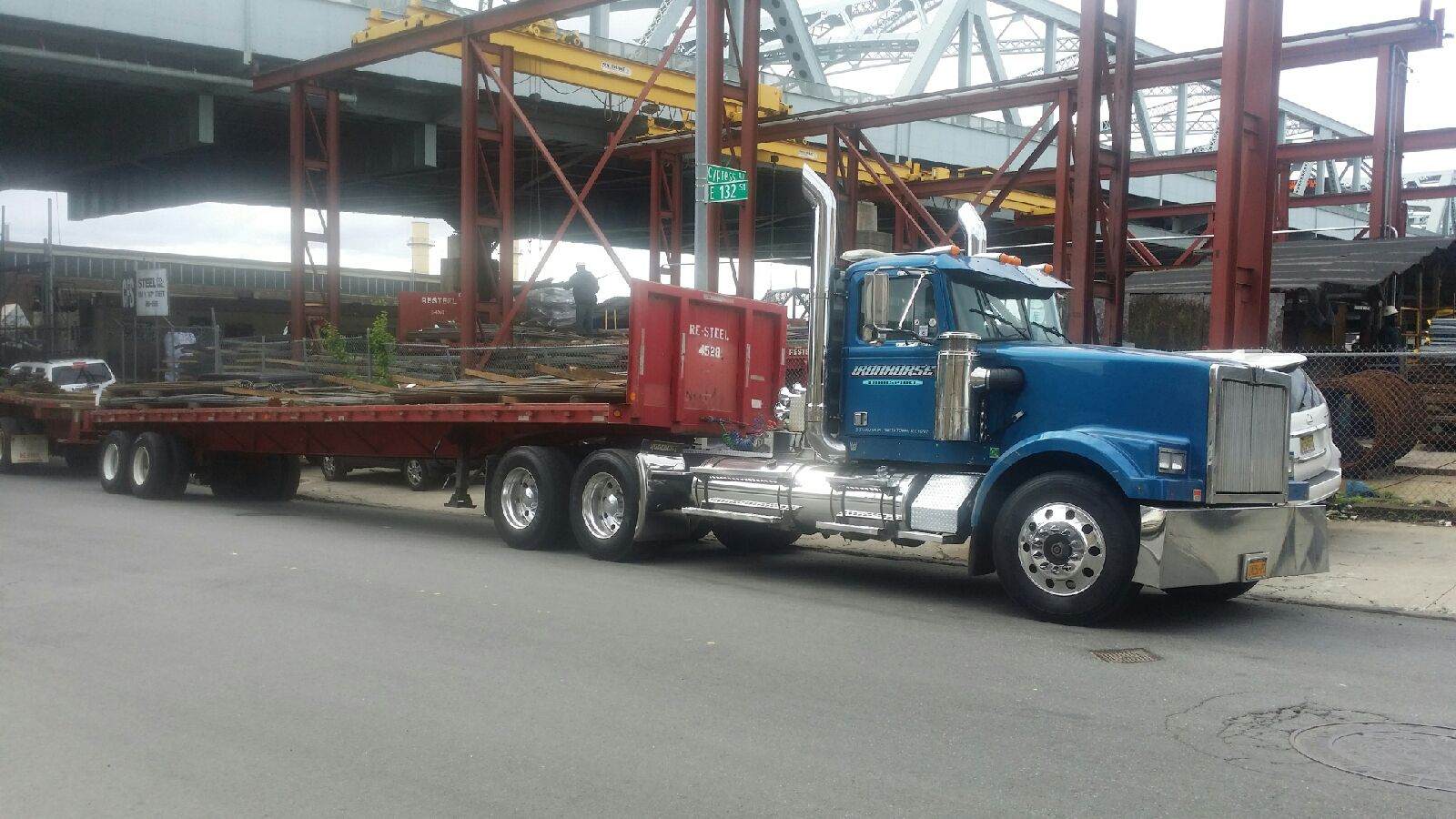
Jackknife Skids – What Are They & How Should You Handle Them?
At Iron Horse Transport, we place a high priority on the satisfaction of our customers and the efficiency of our deliveries. All of our trucking services have been refined to meet the very highest industry standards. From the training and experience of our drivers to the operation of the very best equipment, Iron Horse Transport’s primary goal is meeting our customers’ needs. Drayage and final mile delivery services in the New York City area present their own unique set of challenges, and we strive to ensure that all of those challenges are met.
Additionally, we place the very highest priority on the safety of our drivers. The operation of commercial vehicles requires a very specific skill set. The colder months are coming, and we follow specific steps to ensure our drivers remain safe. Ensuring our drivers are well-trained professionals not only keeps them safe, but other drivers on the road.
For any professional truck driver, unexpected and sometimes scary situations can happen on the road. Even the most skilled and experienced truck driver can find themselves in hazardous scenarios they didn’t see coming. Many potentially dangerous issues can be prevented with training or maintenance, while others can happen spontaneously and without warning.
One of the most dangerous trucking incidents that can occur is a jackknife skid. Most professional truck drivers agree that it is one of the most frightening situations that can occur on the road. If not corrected properly, it can lead to devastating accidents and damage.
Here, we’ll discuss what a jackknife skid is, what causes them, how to prevent them, and how to correct them.
What is a Jackknife Skid?
The term “jackknife skid” comes from the blade of jackknife, which forms a specific angle with its handle. When a jackknife skid occurs, a truck’s trailer swings out from behind it, resembling the angle of the jackknife’s blade. The trailer is no longer in the driver’s control.
Jackknife skids can often lead to devastating accidents if they’re not realigned quickly.

What Causes a Jackknife Skid?
There are a few factors on the road that can lead to jackknife skids. In some cases, if a truck’s brakes are not properly maintained, the axles of the trailer can lock before the tractor axles. If this happens, the trailer will drag with locked brakes, and it will then swing out to one side.
High speeds can often lead to jackknifing. Commercial trucks are massive vehicles that require a tremendous amount of force and energy to stop. If a truck is moving at a considerable speed, the odds are the driver will need to slam the brakes to stop it. Slamming the brakes on a moving truck can lead to the imbalance in axles previously described.
Naturally, inclement weather and slippery conditions can lead to any number of road hazards. This isn’t exclusively limited to truck drivers. And wet or frozen roads can lead to jackknifing. A loss of traction leads to a shift in the truck’s weight, and trucks are massive vehicles. Even the smallest skid can lead to jackknifing.
Sharp turns are one of the leading causes of jackknife skids. If a truck turns at a steep angle at a high enough rate of speed, the trailer can swing out and the driver can lose control.
How to Correct a Jackknife Skid
Professional and experienced drivers have tested methods for correcting jackknife skids. They all agree that the first and most important step is: don’t panic.
Straighten the trailer and do not overcorrect. If the trailer swings out towards the passenger side, the best way to fix it is to steer right. Steer in the same direction the trailer is moving. Again: do not overcorrect and steer too hard in that direction. Steer the wheel at a steady pace. By doing this, you’ll counteract the movement of the trailer and straighten the vehicle.
Be sure to keep your feet off all of the pedals. Keep your attention on straightening the vehicle smoothly. Once you start regaining control, “feather” the fuel pedal (lightly press it). Once you have complete control over the vehicle, you can slowly move it off the road.
Conclusion
At Iron Horse Transport, safety is our highest priority. It is important that our drivers not only perform efficiently but cautiously.
Jackknife skids can be a frightening and dangerous experience for truck drivers. By keeping these guidelines in mind, you can keep yourself and other drivers on the road safe.



